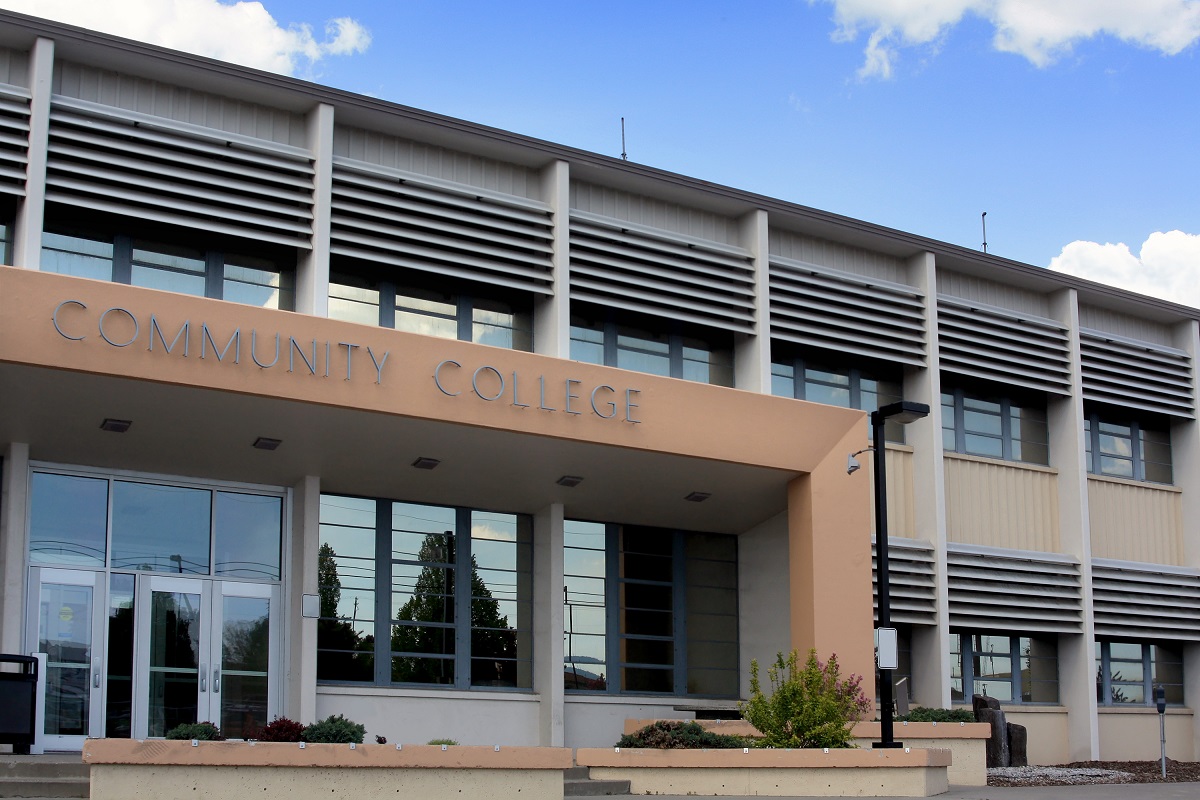Around 690,000 students took the Programme for International Student Assessment (PISA) assessment in math, reading and science in 2022, representing about 29 million 15-year-olds from schools in 81 participating countries. Created in 2000, the PISA aims to test the knowledge and skills of students using an internationally agreed metric to collect data from students, teachers, schools and systems to understand performance differences.
“Unlike traditional assessments, PISA sought to assess not just students’ ability to reproduce learned material but also their capacity to apply knowledge creatively in novel scenarios, think critically across disciplines, and demonstrate effective learning strategies. By emphasizing these skills, PISA aimed to equip students with the ability to navigate an ever-evolving world,” according to the Organization for Economic Cooperation and Development (OECD), an international organization of 38 member countries that oversees the PISA exam.
Overall, average results for the 2022 PISA are among the lowest ever in math. Between 2018 and 2022, average performance in math across OECD countries fell by a record 15 points. Reading fell 10 points, twice the previous record, whereas science performance did not change significantly.
While United States math achievement fell by 13 points, that beat the average decrease in score of 15 points, thus raising the U.S. ranking in math. In fact, while U.S. scores decreased across all three subjects, the ranking of the United States among PISA participants improved since 2018 — from 29th in mathematics to 26th, from eighth in reading to sixth, and from 11th in science to 10th.
According to a FutureEd analysis, U.S. math scores were the lowest in the assessment’s history, with more than one-third of 15-year-olds considered to be low performers, “unable to compare distances between two routes or convert prices into a different currency. Over the past decade, the share of U.S. students in this lowest level has swelled; back in 2012, a little over a quarter of U.S. students were considered to be low performers.”
An accompanying report to the PISA score release cited the that about 25 percent of 15-year-olds in OECD countries were low performers and considered the impact of school closures amid the COVID-19 pandemic. “Across the OECD, around 50 percent of students experienced closures for more than three months. However, PISA results show no clear difference in recent performance trends between education systems with limited school closures such as Iceland, Sweden and Chinese Taipei and systems that experienced longer lasting school closures, such as Brazil, Ireland and Jamaica.”





